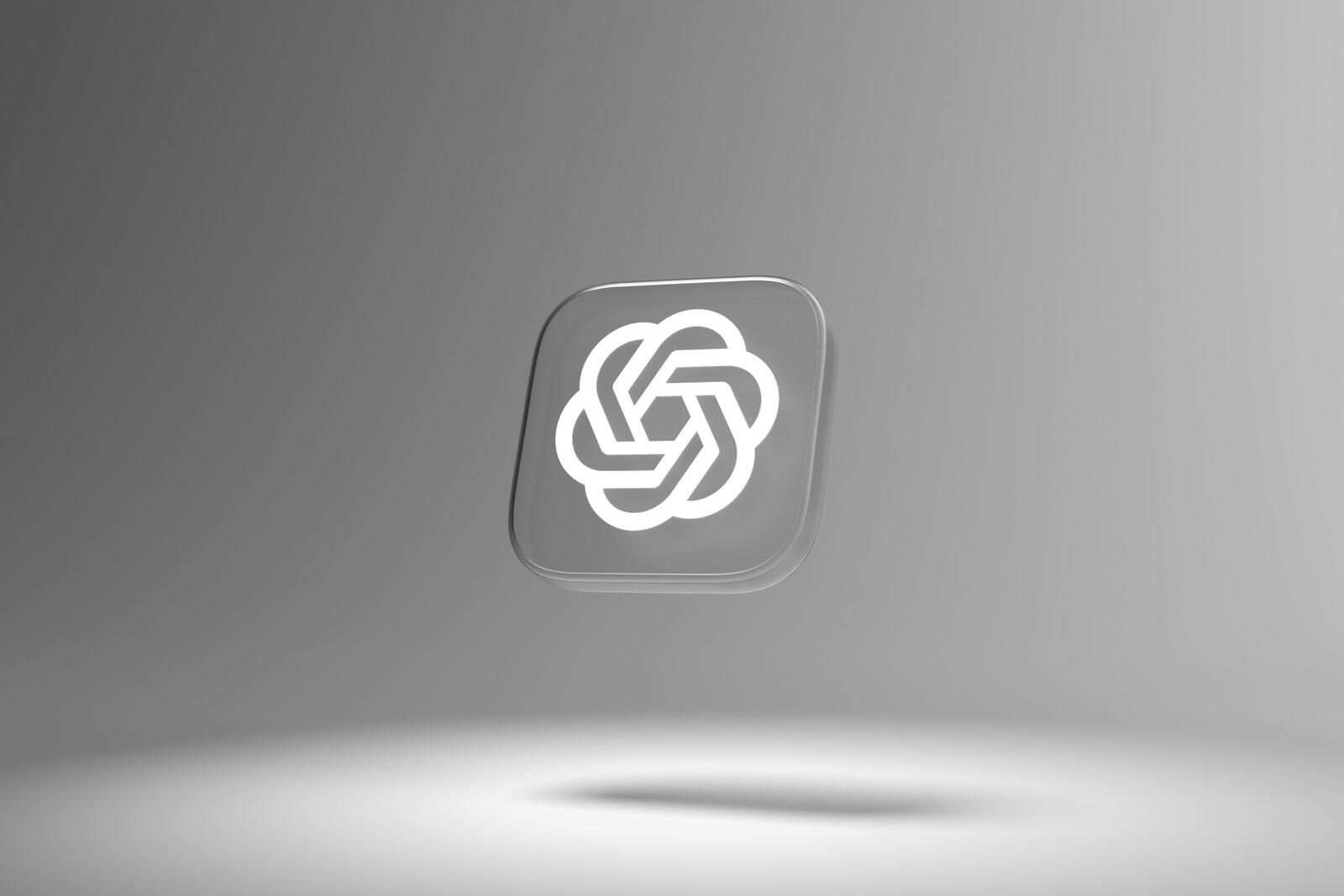Deep Research was first announced at the beginning of the month when only Pro subscribers received exclusive access. That top-tier plan costs $200 monthly and allowed 100 queries at launch. The company has now expanded this availability so more people can create extensive summaries on subjects spanning finance and science.
They had explained in their earlier announcement, “Deep research is OpenAI’s next agent that can do work for you independently—you give it a prompt, and ChatGPT will find, analyse, and synthesise hundreds of online sources to create a comprehensive report at the level of a research analyst.”
Users start with a normal prompt in ChatGPT and then tap a button that triggers the deeper workflow. The system searches through countless sources before building a multi-section report. This process can take as little as 5 minutes or as long as half an hour, depending on how complex the request is.
Who Can Use It Now?
Paid ChatGPT users at Plus, Team, Enterprise, and Edu levels each receive ten queries every month. This is different from the earlier limitation to only Pro subscribers. OpenAI tweeted, “Deep research is now rolling out to all ChatGPT Plus, Team, Edu, and Enterprise users 🍾”
OpenAI hopes to draw more interest in advanced research tasks, giving many more clients a taste of in-depth content creation.
Pro users continue to hold exclusive perks. Their monthly query limit has now gone from 100 to 120. This caters to those who need a high volume of deep studies and do not mind the $200 subscription price.
Google and Perplexity also released similar research agents. Each group wants to show that these tools have value for those paying extra for AI. Google, in particular, opened its agent for people who subscribe to Gemini Advanced, attempting to stand out in this busy segment.
More from News
- How Are Smartphones Helping People Prepare For Earthquakes?
- Experts Share: Is Reddit’s Age Verification In The UK A Privacy Risk?
- 1ST Airport Taxis Expands to UAE: Launching Operations in Dubai and Abu Dhabi From September 2025
- OpenAI Introduces New AI Tool, ChatGPT Agent
- Louis Vuitton UK Faces Serious Data Breach Amid Retail Attacks
- How Much Electricity Will AI Need By 2030?
- Small Business Owners Say They’re Worse Off Than During Covid, Here’s Why
- Reddit Will Now Have Age Verification Checks For Users In The UK
How Does It Generate Reports?
Deep Research works through web searches, file scanning, and machine reasoning. It examines text, images, and PDFs to form a coherent response. The system has been upgraded to embed graphics with citations, which brings a more visual layer to the final output.
Users can press the Deep Research icon before sending a prompt. ChatGPT then starts gathering data from multiple sources. For bigger topics, the process may stretch to half an hour, though simpler questions can finish in around five minutes.
The feature draws heavily on OpenAI’s o3 model, which integrates advanced reasoning processes. That behind the scenes work completes tasks like scanning documents, matching images, and compiling final summaries. This is computationally intensive, so there may be delays before those on the free tier gain usage.
Is More On The Way?
OpenAI has rolled out a free variant of Advanced Voice Mode. That feature allows real-time audio interactions for subscribers who prefer talking instead of typing. Plus users gain the version powered through the advanced 4o model, whereas the free release depends on 4o Mini and does not incorporate screen-sharing extras.
Microsoft also announced unlimited voice queries for its Copilot AI plan. Alongside that, it introduced a Think Deeper function, intended for complex requests that need stronger logical analysis. Both items leverage OpenAI’s o1 engine, so there’s more tasks users can handle with voice input.



